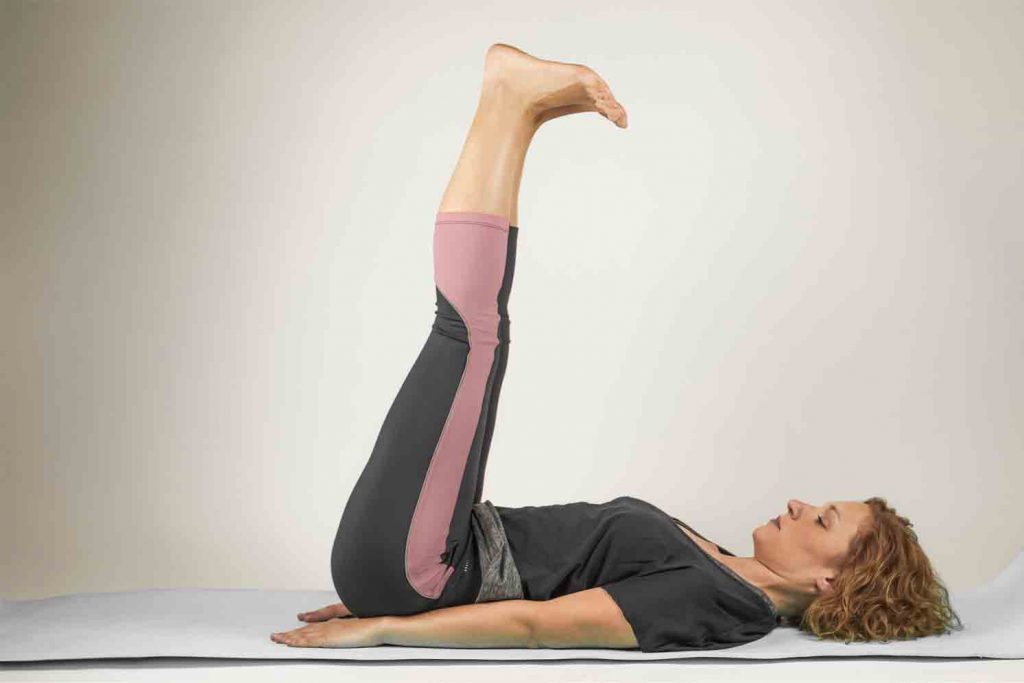Hey there! Today, let’s chat about something that might sound a bit surprising: spondylolisthesis in kids and teens. Yep, you read that right! While we often associate back problems with older adults, spondylolisthesis can also affect the younger crowd. So, grab a seat (with good back support, of course) and let’s dive into this fascinating topic!

What Exactly is Spondylolisthesis?
A Quick Recap
Before we jump into the world of pediatric spondylolisthesis, let’s do a quick refresher on what spondylolisthesis actually is. Essentially, spondylolisthesis is a condition where one of the vertebrae in the spine slips out of place and onto the vertebra below it. This can happen for various reasons, including stress fractures, congenital abnormalities, or degenerative changes in the spine.
Spondylolisthesis in Kids: It’s a Thing!
Surprising but True
Yes, spondylolisthesis can occur in children and adolescents, although it’s less common than in adults. In younger individuals, spondylolisthesis is often due to a defect or fracture in the pars interarticularis, a small bony segment that connects the facet joints in the back of the spine. This condition is known as isthmic spondylolisthesis and is typically seen in kids and teens who participate in activities that involve repetitive stress on the spine, such as gymnastics or football.
Signs and Symptoms
What to Look Out For
So, how do you know if your child might have spondylolisthesis? Keep an eye out for these common signs and symptoms:
- Back Pain: Persistent lower back pain, especially after physical activity, can be a red flag.
- Leg Pain: Some children may experience pain or weakness in one or both legs.
- Stiffness: Difficulty bending or twisting the spine may indicate spondylolisthesis.
- Changes in Gait: You might notice changes in your child’s walking pattern or posture.
If your child experiences any of these symptoms, it’s essential to consult a healthcare professional for further evaluation.
Diagnosis and Treatment
Getting the Right Diagnosis
If spondylolisthesis is suspected, your child’s doctor may recommend imaging tests such as X-rays, MRI, or CT scans to confirm the diagnosis and assess the severity of the condition.
Treatment Options
Treatment for pediatric spondylolisthesis depends on various factors, including the severity of symptoms and the degree of vertebral slippage. Options may include:
- Conservative Management: This may involve rest, activity modification, physical therapy, and bracing to alleviate symptoms and prevent further slippage.
- Surgery: In severe cases where conservative measures are ineffective or if there’s significant spinal instability, surgery may be recommended to stabilize the spine and alleviate pressure on the nerves.
Living Well with Spondylolisthesis
Empowering Young Spines
While dealing with spondylolisthesis can be challenging, it’s essential for kids and teens to stay active and maintain a healthy lifestyle. Encouraging regular exercise, maintaining good posture, and avoiding activities that may exacerbate symptoms can help promote spinal health and overall well-being.
Wrapping Up
Spondylolisthesis might not be something you’d typically associate with children and adolescents, but it’s essential to be aware of this condition and its potential impact on young spines. By recognizing the signs and symptoms, seeking prompt medical attention, and exploring appropriate treatment options, kids and teens with spondylolisthesis can thrive and enjoy an active, healthy lifestyle.
